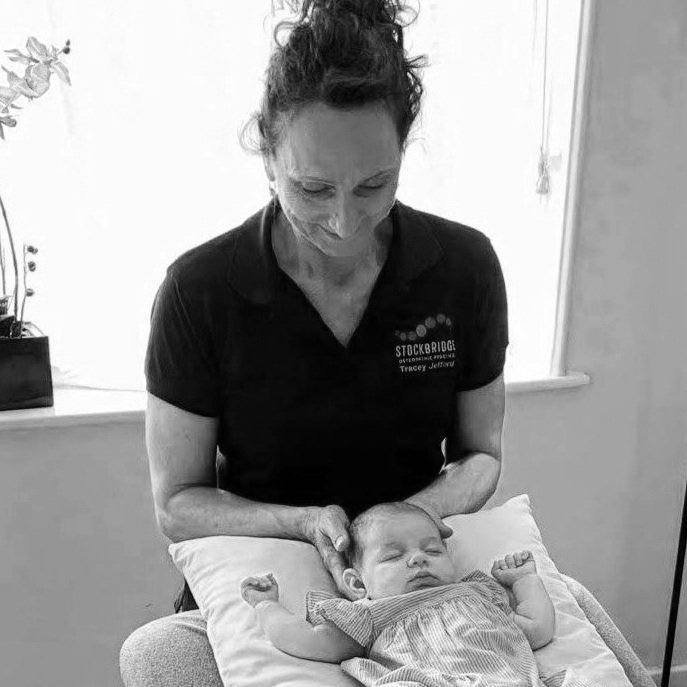Foam rolling for muscular pain relief - by Sarah Sellick
Foam rolling is a self-myofascial release (SMR) technique. It can help relieve muscle tightness, soreness, and inflammation, and increase your joint range of motion.
After exercising it may help reduce DOMS (delayed-onset muscle soreness) and help with future performance.
For best results try to stretch out and foam roll after each workout.
To use your foam roller for lower back pain, turn your foam roller so it’s vertical (in-line with your spine) and slowly roll the roller from side to side, still in line with your spine. Do this as opposed to keeping it horizontal, which can cause you to arch and strain your back.
You can also try lying on a foam massage ball or a tennis ball to work out knots in the back.
Many people find foam rolling to be relaxing. Breaking up tightness in your muscles may help you feel less tense and calmer as a result.
Foam rolling is generally considered safe to do if you experience muscle tightness or regularly exercise. But avoid foam rolling if you have a serious injury such as a muscle tear or break, unless your doctor or a physical therapist has cleared you first.
Also avoid rolling over small joints like your knees, elbows, and ankles, which could cause you to hyperextend or damage them. Instead, when foam rolling your legs, roll out your calves first and then your quads separately, avoiding the knee area.
How to choose a foam roller
Foam rollers are usually cylinder-shaped and made of dense foam but come in a range of sizes and shapes, and in various levels of firmness.
Smooth rollers are best for people new to foam rolling. They offer even texture and aren’t as intense as a textured roller.
Textured rollers have ridges and knobs on them. They are used to work deeper into muscles and work out knots and tension.
Foam massage balls can be used for targeted muscle areas. For example, to work out knots in shoulders.
How to start foam rolling
In general, follow these tips to get started:
Start with light pressure and build up as you get used to foam rolling. You may find it painful to foam roll at first if your muscles are tight. To adjust pressure, reduce the amount of body weight you’re putting onto the roller.
Slowly roll tender areas for 10 seconds to start, then work up to 30 to 60 seconds at a time.
Drink plenty of water after foam rolling to help with recovery.



































